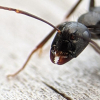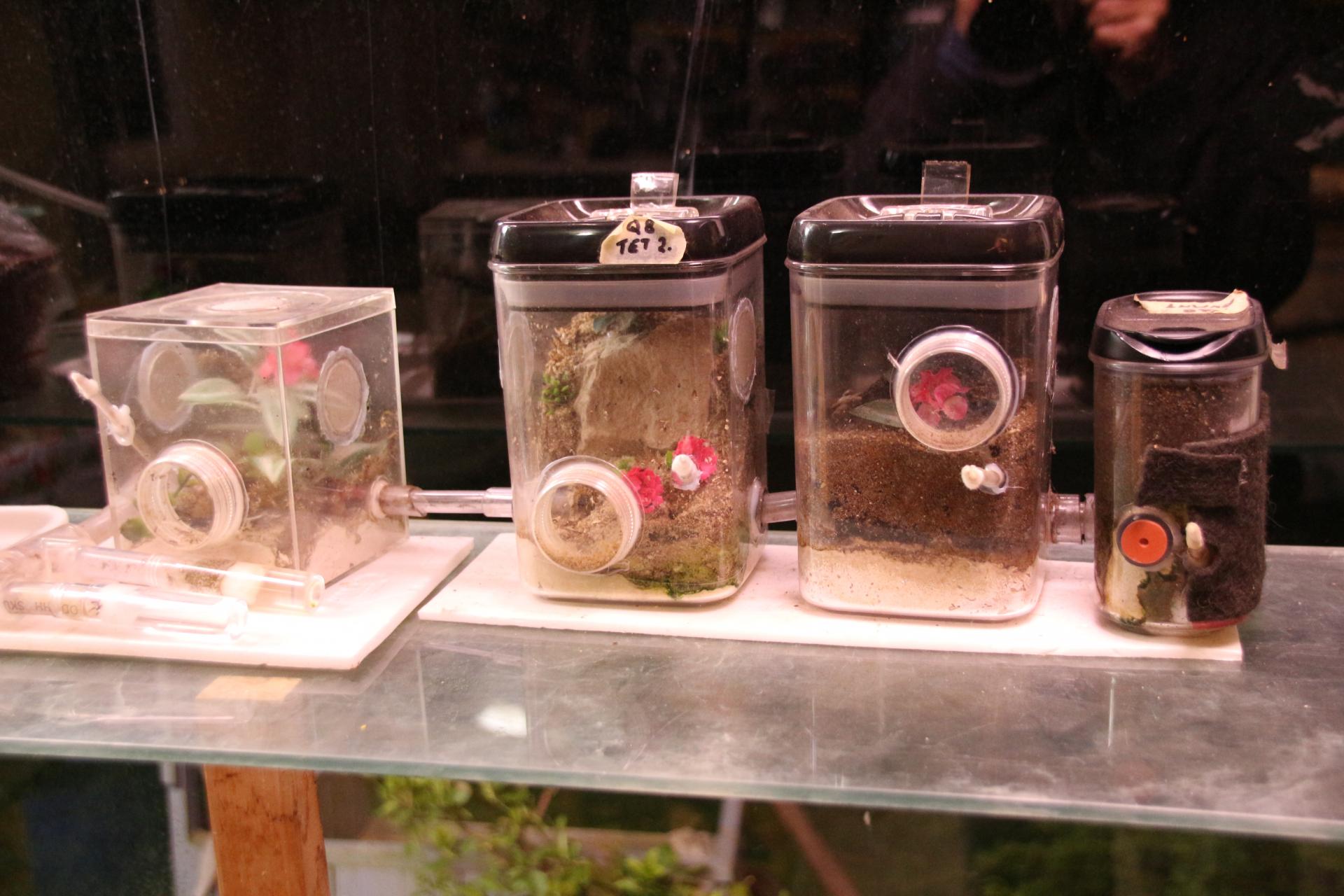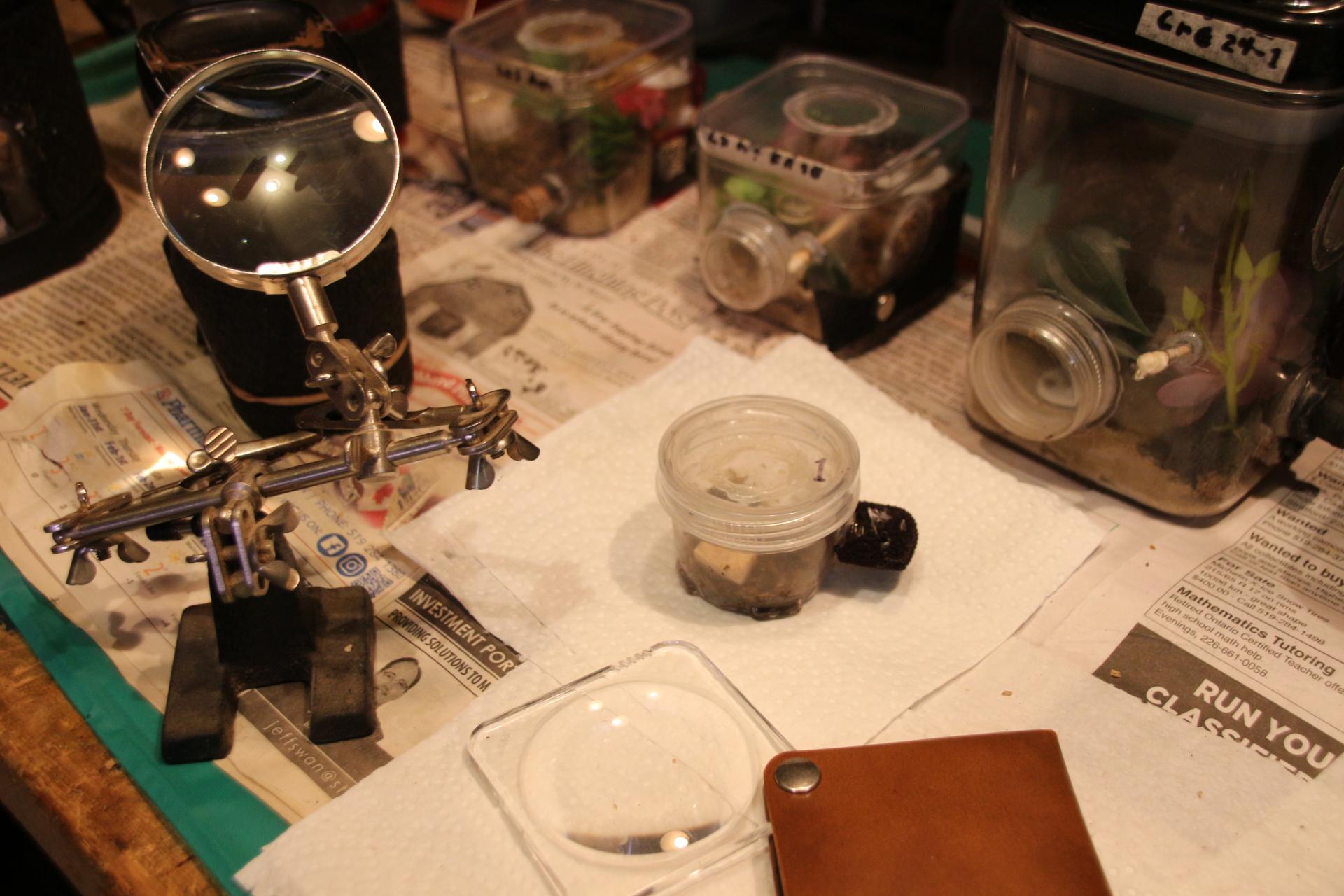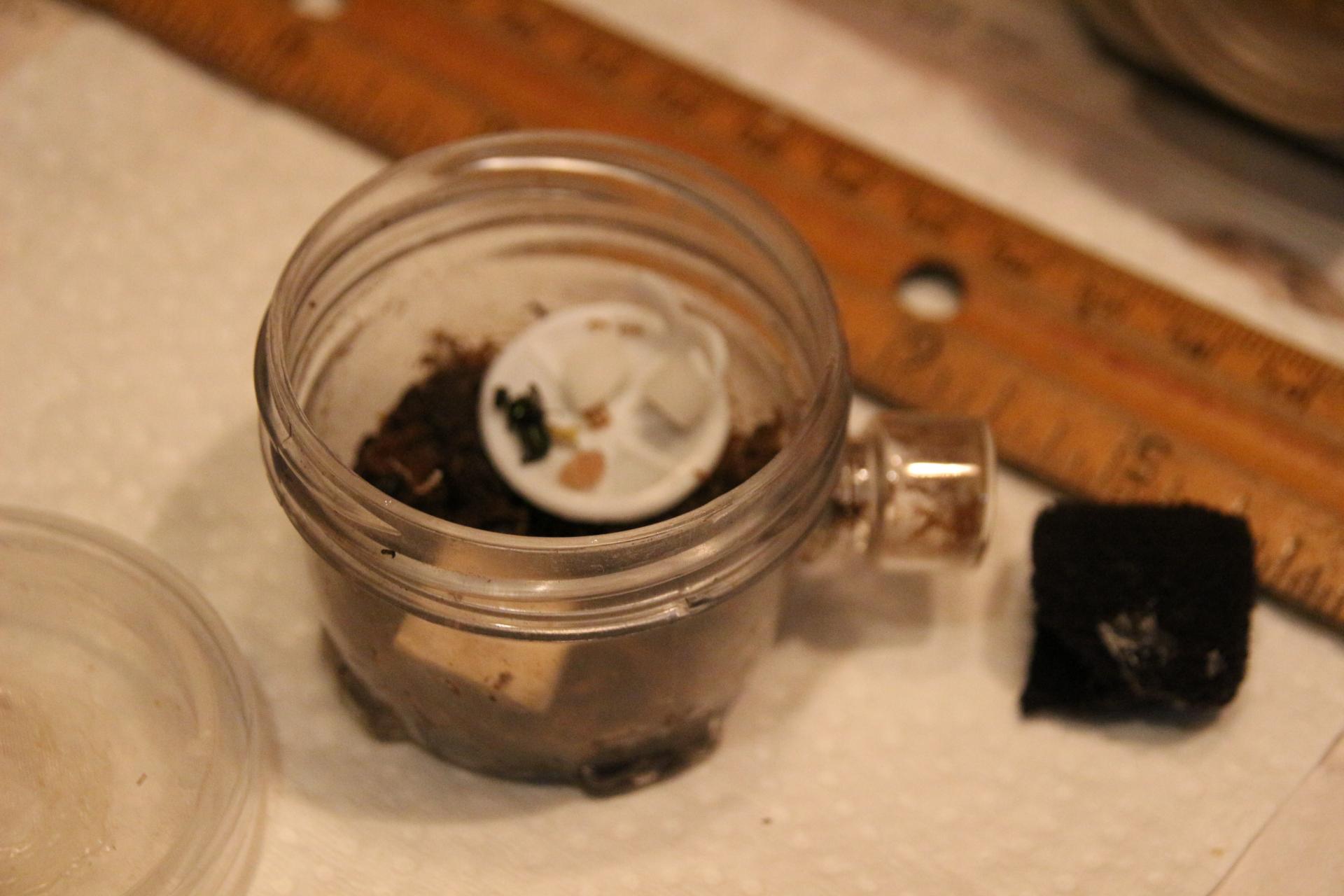My first colony is Camponotus floridanus. They're doing great and will soon be moving out of their Tarheel Mini-Hearth into a nice new Labyrinth. I love these guys because they're relatively big, active, grow at a decent rate, and do not require any diapause.
Once they are moved, I'm going to have an empty Mini-Hearth so I'm thinking about what to put in it. I've got a few options but wanted to get some thoughts from more experienced ant keepers. Also, a bit about my requirements. I keep my ants on my world desk, their job is to help give me someone interesting to watch while I'm working. So, I want something that isn't going to hide all day or be too disturbed by the light vibrations of me typing on a laptop. I do keep them on a folded hand towel for some padding which should reduce the vibrations, but basically I want something bold enough to keep going about their business.
I'm looking at a few options, but pretty open to suggestions. Keep in mind that I live in Atlanta, GA so I need to stick with species that are available here and can be ordered from vendors like stateside, buckeye, and tarheel.
1. Another Camponotus species, probably one of the biggest ones I can find so we're talking C. pennsylvanicus, C. chromaiodes, C. castaneus, something like that. Upside is they are big, good colors, and familiar since I have a Camponotus species already. Downsides are diapause, slow growth, and maybe not being as interesting as a totally different species. Also, I gather it takes a couple years to start producing full sized majors? I know my C. floridanus aren't reaching their max size yet.
2. Pogonomyrmex badius. I could do P. occidentalis, but since I have access to a version with majors why not go with that one? Should be interesting with very different behavior and a good size. Downside is stinging but I've heard they are REALLY reluctant to sting, and they do need more heat. I'm currently doing 1 strand of heat cable under one side of my Mini-Hearth, I could do a double strand perhaps if they want more heat? If you keep Pogonomyrmex, how much risk of stinging is there? My wife and son would definitely not appreciate it if they got stung and I'm not sure if she'll let me have something that stings.
3. A small ant, such as Tetramorium immigrans or some type of Pheidole. To be honest, I am not sure about small ants. Big ants are big and maybe feel more like individuals, I can see them well enough to tell what they're doing and that I think gives them a feeling of personality. Can you still do that with small ants? If you keep small species, do you keep a magnifying glass around for viewing them or something like that? I'd really like to understand the difference in watching them and what people like about small ants. Is it group behavior like trailing? Is it the swarming over prey? Faster growth? I do kind of like the massively oversided heads of Pheidole.




















